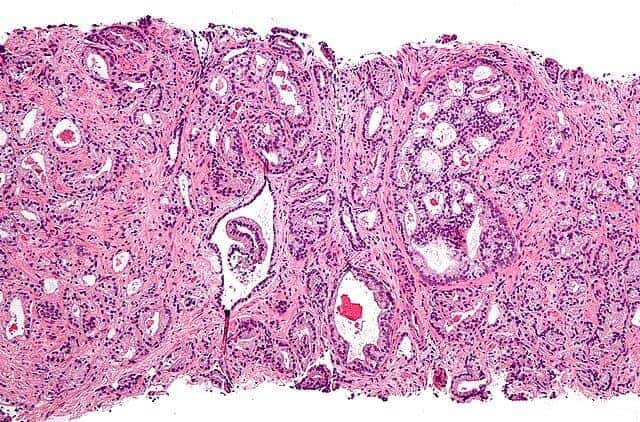Cell surface sugars can promote or inhibit cancer depending upon stage
During cancer development, tumor cells decorate their surfaces with sugar compounds called glycans that are different from those found on normal, healthy cells. In the Sept. 15 online Early Edition of the Proceedings of the National Academy of Sciences (PNAS), researchers at the University of California, San Diego School of Medicine report that sialic acids at the tips of these cancer cell glycans are capable of engaging with immune system cells and changing the latter’s response to the tumor – for good and bad.
“These cell surface glycans can promote or inhibit cancer progression, depending upon the stage of the disease,” said principal investigator Ajit Varki, MD, Distinguished Professor of Medicine and Cellular and Molecular Medicine. “Our findings underscore the complexity of cancer and the consequent challenges in conquering it. The immune system may be a double-edged sword in cancer, tumor-promoting or tumor-inhibiting, depending upon circumstances.”
Specifically, the researchers found that receptors called siglecs on subsets of neutrophils and macrophages (two types of immune cell) can bind to sialic acids on the surface of tumor cells. Depending upon the stage of cancer and the tumor model used, the scientists reported that interaction between immune cell siglecs and tumor cell sialic acids produced opposite outcomes.
“During initial stages of growth, cancer cells appear to protect themselves from extermination by neutrophils by engaging siglecs via sialic acid-capped glycans,” said Varki, who is also a faculty member of the UC San Diego Moores Cancer Center. “But once the tumor was established, further growth was inhibited by engagement of siglecs on macrophages.”
The findings follow upon research by Varki and colleagues published earlier this year inPNAS that showed anti-tumor antibodies also behave contrarily. Low concentrations of antibodies can support cancer growth, but higher concentrations may inhibit it.
“The fact that the immune system can exert a promoting or inhibiting effect on cancer progression, depending on the situation and stage of disease, has importance for designing clinical trials with drugs that target the immune system,” said first author Heinz Läubli, MD, PhD.
For example, siglecs might prove viable drug targets for preventing early cancer progression. Study co-author Ann Schwartz, PhD, MPH, of the Karmanos Cancer Institute at Wayne State University School of Medicine in Detroit investigated 332 patients with lung cancer to assess whether they had a natural siglec variant that reduced binding to tumor cell surface sialic acids. Such patients have a greater chance for survival after two years, but the effect diminishes and disappears later.
“We need more studies to understand the mechanisms in siglecs mediating the switch between tumor-promoting and tumor-inhibiting before possible therapies can be developed,” Varki said.
Co-authors include Oliver M.T. Pearce, Flavio Schwarz, Shoib S. Siddiqui, Lingquan Deng, Michal Stanczak, Andrea Verhagen, Patrick Secrest and Liwen Deng, UCSD Departments of Medicine and Cellular and Molecular Medicine; Nissi Varki and Jack Bui, UCSD Department of Pathology; and Chrissy Lusk, Karmanos Cancer Institute, Wayne State University School of Medicine.
Funding for this research came, in part, from the Swiss National Science Foundation, the Samuel and Ruth Engelberg Cancer Research Institute and the National Institutes of Health (grants R01CA38701, R01CA14176 and R01060691).



MIT Scientist: By 2025, Half the Kids Born in the U.S. Will be Diagnosed with Autism
Tags: POLITICS/ELECTIONS/CORRUPTION SCIENCE/HEALTH/CLIMATE/NATURE
MIT Scientist Exposes Consequence of Monsanto’s Glyphosate & Aluminum Cocktail
By 2025, half the kids born in the U.S. will be diagnosed with autism,
according to Dr. Stephanie Seneff, Senior Research Scientist at the MIT Computer Science and Artificial Intelligence Laboratory. She, like many others says autism isn’t just genetic – it is almost surely due to environmental factors. Just a couple of those factors are Monsanto’s RoundUp (glyphosate) and heavy exposure to a cocktail of heavy metals, including aluminum.